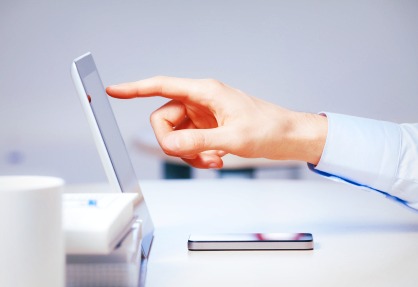Creating invoices with the correct details on it can save you and your customers a lot of time. If you have the correct details in place on the invoice, no one has to phone around to find out any information about your company, the order or the person who placed the order. Here is some of the information that always needs to be included on an invoice, along with some extras that can be helpful:
- Your business name
- The name and address of the business/person you are invoicing – a contact person’s name is also good to have, if there is such a person
- Unique reference or invoice number that only relates to that particular invoice
- Date – usually this is the date on which the invoice was created
- List of products that was ordered along with the cost of each product – remember to use the product names that the person/business that ordered them will recognise
- The total amount of the invoice – in other words, the total of all the products added up
- Payment terms – the time period within which the invoice needs to be paid, etc.
- Payment methods such as bank account details for EFTs
The above details are the most important, but it is great if you can include the following as well:
- Contact numbers like telephone and fax numbers
- Company email address
- Purchase order number – this is helpful if the customer uses an order management system so that they know which purchase order relates to the invoice
- If items are to be shipped long-distance, perhaps include the expected time of arrival and any shipping terms that the customer needs to know
If some type of sales tax is applicable to items in your order or to your order as a whole, be sure to make it clear what the sales rate an amount is for every item as well as the tax applicable to the order total.
It is probably also best to include your company registration number (if you have one) as well as your full registered company address.











